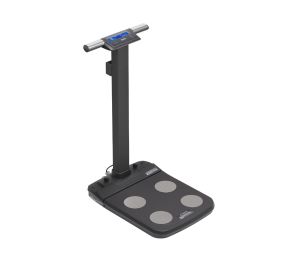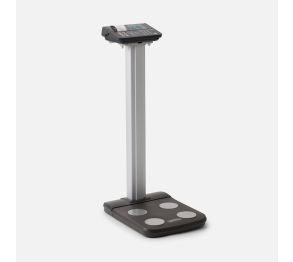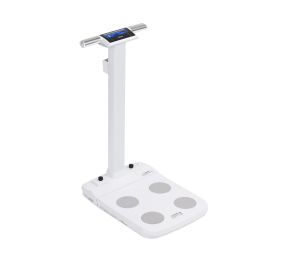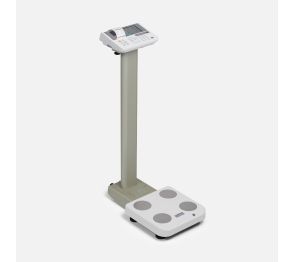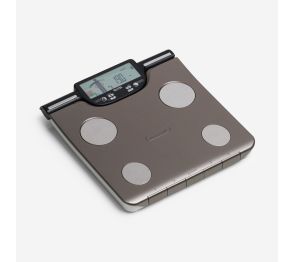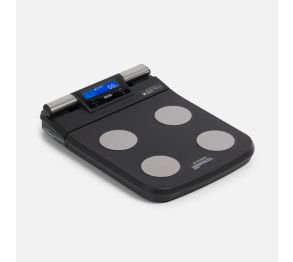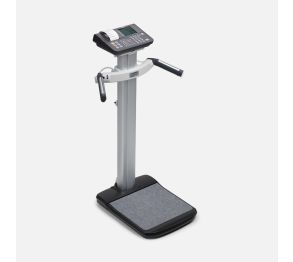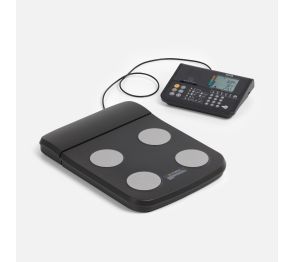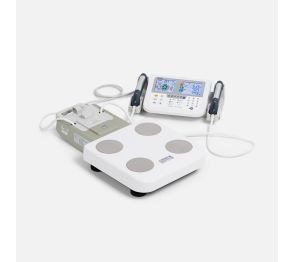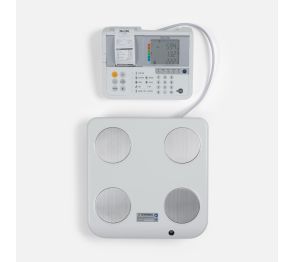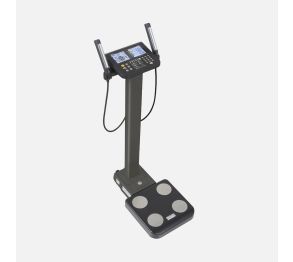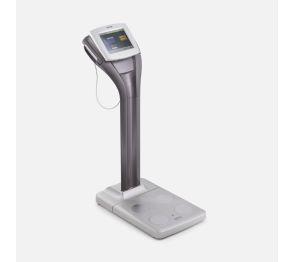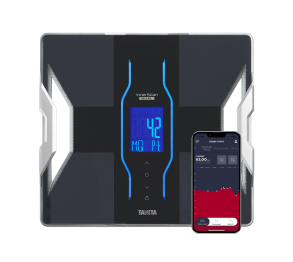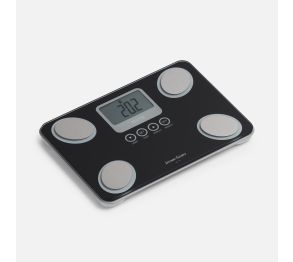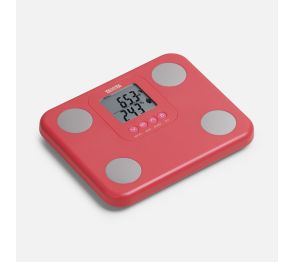Muscle Mass
What is muscle mass?
To manage your muscle mass and body fat percentage you first have to understand your measurements. Often people mistake building muscle mass with burning body fat. These two often go hand in hand, but they are not the same. Muscle mass includes the weight of the muscles in your body in kilograms or pounds. While the body fat percentage measures the amount of fat your body holds. Burning body fat can be a result of the accumulated muscles. Muscles are like engines when it comes to consuming energy. Our muscle mass plays a crucial role when it comes to fitness. When your body builds muscles, it burns energy and fat all the time. As your muscle mass increases, the faster your body is able to burn calories/energy. This leads to an increase of your basal metabolic rate (BMR), which helps in losing weight. Muscle mass includes smooth muscles, skeletal muscles and water contained in the muscles. Where the skeletal muscles are the most visible when there is no fat layer. Muscles consist of water and protein. This is why it's important to include protein in your adjusted eating schedule.
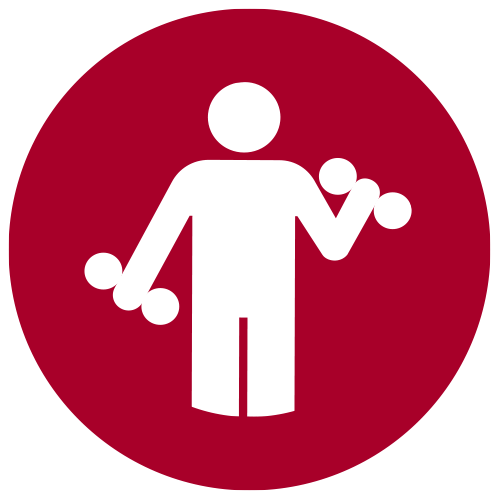

How to gain muscle mass
There is a difference between gaining muscle mass for men and women. Men have a higher muscle production than women; often this is used as an excuse when it comes to growing muscle mass. This does not mean that women cannot gain muscle mass. In fact, women can experience big gains in power and muscle mass as well and they should train their muscles the same way as men do. Building muscle happens in the gym, but also in the kitchen Building muscle mass is not only about going to the gym and lifting, you can also build cycling by other types of workouts, such as cycling. Read more about it in blog about which muscles are used in cycling. There is also another an important rule to remember: eating for muscles is just as important as lifting. Combine training with eating well. But how do you make sure you eat enough to build muscle? First, you need to know how many calories you need in rest mode. You do that by calculating your Basal Metabolic Rate. Then you make sure to eat more than this. Keep track of the results. If you are training, but your fat levels are going up, lower your caloric intake. If you stay slim, but do not make any progress in the gym (and thus not gaining muscle mass) make sure you eat more. The most accurate way to measure muscle and body fat levels is using a body composition monitor. What you eat is also important when trying to gain muscle mass. Keep track of the ingredients you are consuming: not only the amount of calories, but also the nutrients in them. In general: eat healthy, varied, eat often and avoid junk food. To build muscles, your body needs protein. Therefore it is important to include lots of proteins in your new diet. Think about products like chicken, turkey, yogurt, beans, nuts and different kinds of fish. However, don’t forget you also need carbohydrates and healthy fats. Keep your diet varied and eat enough vegetables in addition to the protein-rich food in order to gain muscle. Other important factors to gain muscles are:
- Drink more water;
- Do not only lift, take your rest as well;
- Make sure you sleep enough every night;
- Avoid alcohol as much as possible;
- Try to avoid stress, this can have a negative impact on your fitness journey.
Not all muscles are the same and when you are developing muscle tissue you want to make sure it is lean muscle. Read more about it in the blog about how to gain lean muscle. Not everyone can train muscles in the same pace. It depends on several factors, for example how (fast) your body reacts. But it's also in our genetics, it depends on age, experience and the ‘muscle memory’. Muscle memory? When your body has experience in building muscle mass, it can build it much easier and faster.
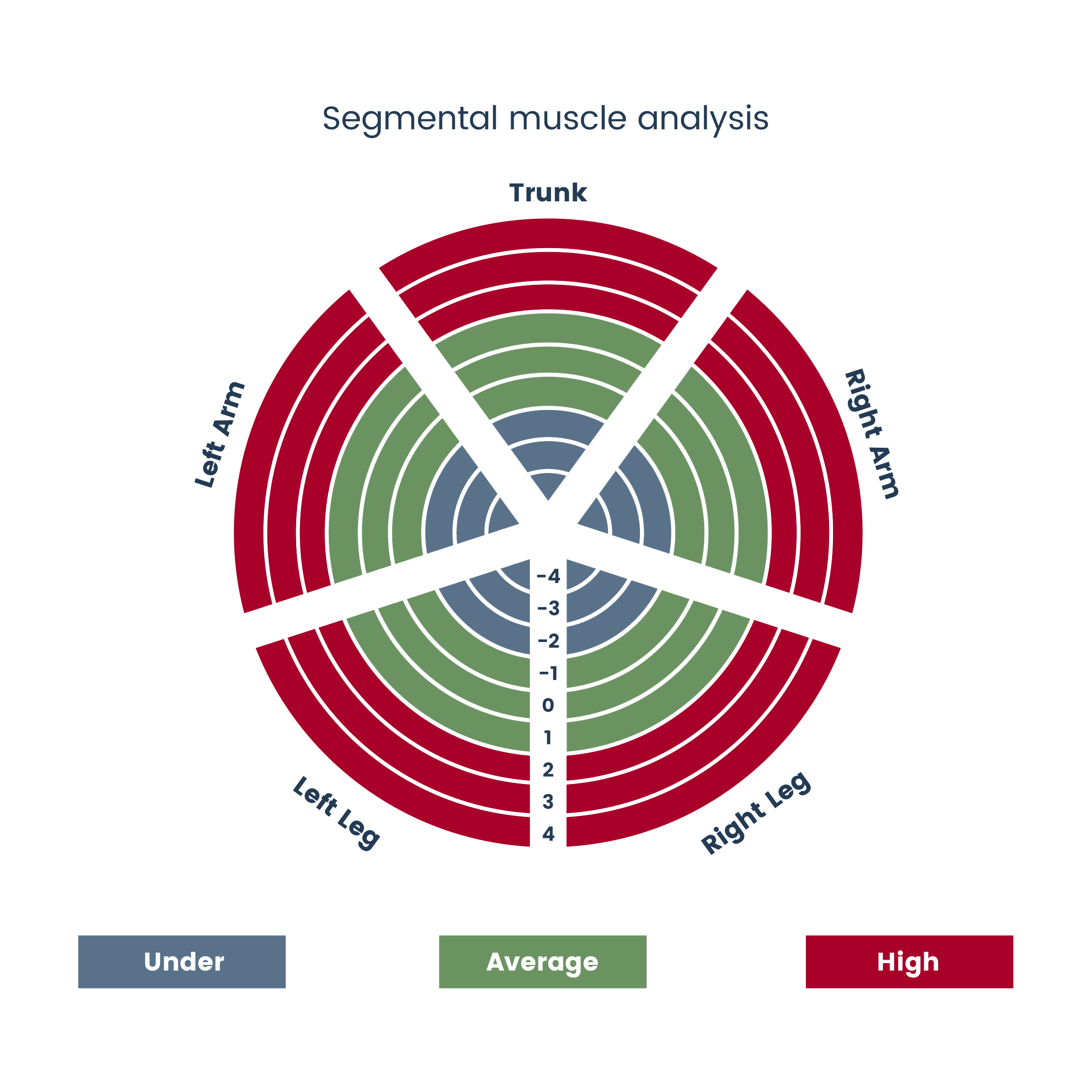

Muscle balance
When working out and growing muscle, it is important to avoid muscle imbalances. This happens if a muscle is getting stronger, but the opposing muscle isn’t growing correspondingly. Imagine for example that you are training your chest, but are neglecting your back muscles. There is more tension at the front, and your shoulders will hunch forward. It also means there is more pressure on your joints, which can lead to injury. It is therefore important to train your muscles evenly. This ensures your posture remains straight. That looks much better and helps avoid injury. If you are already unbalanced, it is time to start working on your underdeveloped muscles.
How to measure muscle mass
The TANITA professional body composition monitors can very accurately measure your muscle mass. Our scales are experts' first choice when it comes to fitness and weight loss. No wonder TANITA is their number one pick. Building muscles has an effect on your bodyweight as well. Often this means that you’re not losing weight. Your are gaining muscle mass and losing fat. On a regular weighing scale this can be frustrating, as your weight will look the same, but you're actually improving. By using TANITA monitors you can get an exact overview and get detailed insights on your progress. The scale also shows you segmental muscle mass ratings. Knowing how your muscles are distributed over your body helps you avoid imbalances. Our scales are great for setting goals and to keep track of them.

